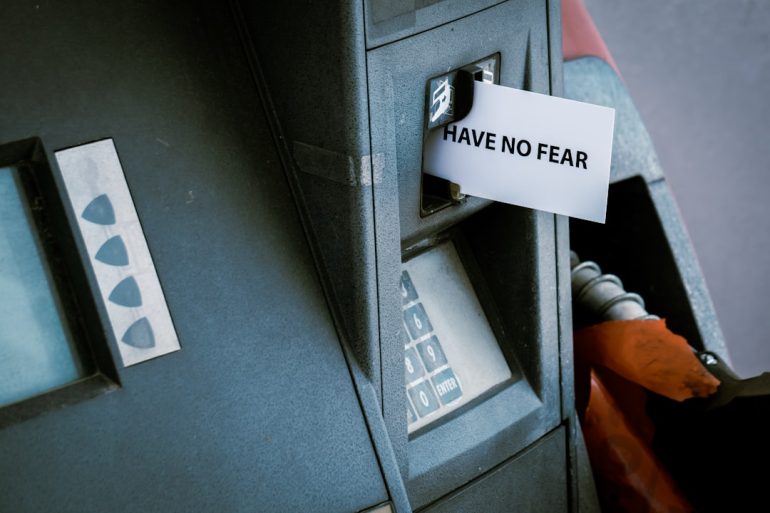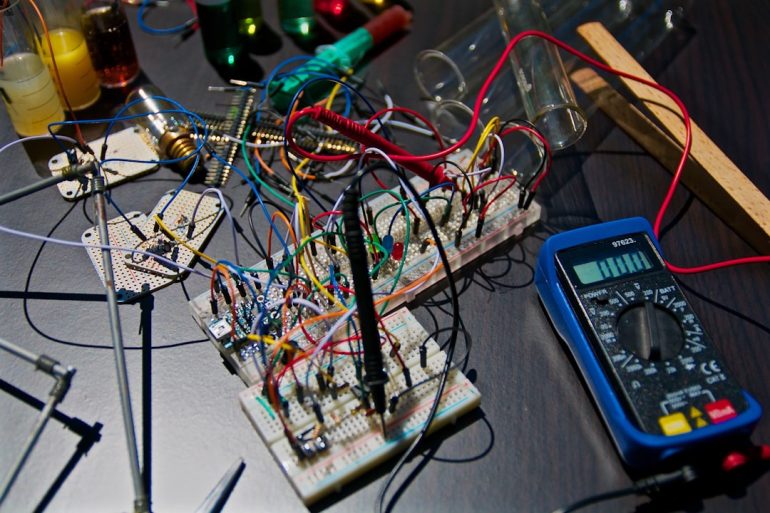CEDH Database: Sideboard (Wishboard) Tech & Meta Calls
In the evolving world of Competitive Elder Dragon Highlander (CEDH), building a cohesive and powerful main deck is only part of the equation. While the traditional Singleton format doesn’t usually include a sideboard, cards like Wishclaw Talisman, Karn, the Great Creator, and Burning Wish are increasingly opening doors for players to explore the possibilities beyond the mandatory 100 cards. Enter the sideboard or “wishboard” tech—a strategic toolbox of spells that can swing the tide of the game in a single turn. In this article, we’ll explore how the CEDH database reflects meta calls and innovations in wishboard tech, and how you can leverage this trend in your own deck construction.
Understanding the Wishboard in CEDH
Table of Contents
A “wishboard” refers to a set of up to 15 cards kept outside of your main deck, designed specifically to be accessed via “wish” effects in a legal way in tournament gameplay. In CEDH, the wishboard can inject versatility and surprise into your deck’s game plan. Even though standard EDH doesn’t use sideboards, the adoption of wish effects and the increasing interest in tournament formats where sideboards are legal has brought this tactic into the spotlight.
Common wish cards that make use of this space include:
- Burning Wish – allows access to sorceries from outside the game
- Living Wish – fetches creatures or lands
- Karn, the Great Creator – grabs artifacts from outside the game
- Mastermind’s Acquisition – a flexible tutor for virtually anything
- Spawnsire of Ulamog – the ultimate bomb when it goes off, letting you cast Eldrazi from outside the game
These spells open the door for flexible answers, meta-specific solutions, and even combo pieces to live “offscreen” until the perfect moment.
Analyzing the CEDH Meta Through the Lens of Sideboard Tech
CEDH is a format defined by narrow margins, optimized interaction, and niche answers. The CEDH database offers a valuable snapshot of decks that are tested and vetted in this high-octane environment. What’s increasingly apparent is that decks are incorporating wishboard enablers not just for flair, but for genuinely competitive value.
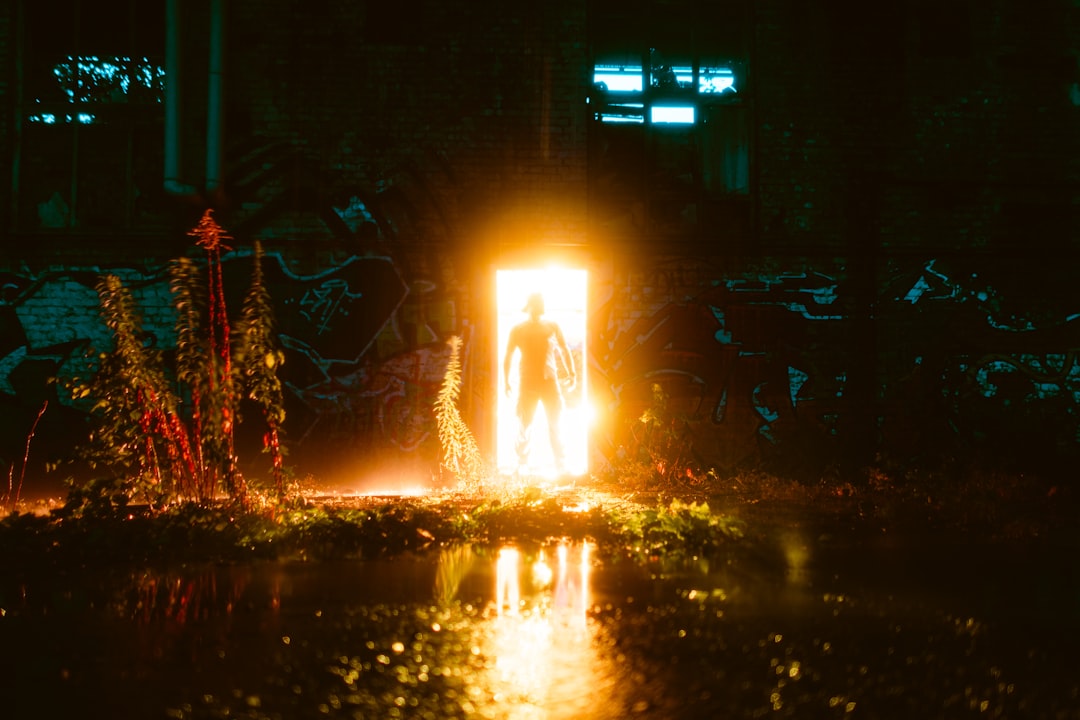
For example, decks that are color-constrained often use wishboards as a way to extend their interaction suite. A mono-red deck might include cards like Meltdown or Vandalblast in the wishboard to compensate for its lack of flexibility against certain board states, while a Burning Wish line could retrieve a Rolling Earthquake or Reforge the Soul based on need.
Here are a few ways the current meta is reflected in sideboards across competitive lists:
1. Flexible Combo Pieces
Decks running Burning Wish or Mastermind’s Acquisition may offload portions of a win condition to the sideboard. A great example is housing an Underworld Breach or Past in Flames outside the main deck to thin dead draws or maintain resilience against disrupted graveyard strategies.
2. Narrow Hate Pieces
Rather than crowding the maindeck with situational hate cards, pilots can stash key cards such as:
- Nature’s Claim
- Void Mirror
- Null Rod
- Containment Priest
These can be fetched only when required, allowing decks to adapt to combo-heavy, stax-heavy, or turbo-naus pods with surgical precision.
3. Blowout Sorceries
Against overwhelming boards, a Burning Wish into Decree of Annihilation or Cleansing Wildfire can drastically shift board presence. Such cards don’t belong in the maindeck but shine when available “on demand.”
Popular Wishboard Cards in the CEDH Database
The CEDH database is beginning to more consistently reflect sideboard tech in strategic lists featuring wish enablers. These basketball-sized bullets are considered by elite pilots across the spectrum. Here are a few highlights:
- Grapeshot – Found in Storm builds. Can close out games unexpectedly when opponents assume you’re out of gas.
- Breach – Burned from the ban list in some formats, yet a sideboard MVP in decks that wish for part of the combo.
- Shattering Spree – Against heavy artifact strategies in workshop-style stax pods.
- Dark Petition – A tutor with mana payoff; excellent as a back-pocket enhancer to wish lines.
- Fire Covenant – Scales well in multiplayer. Burn to cleanse when needed.
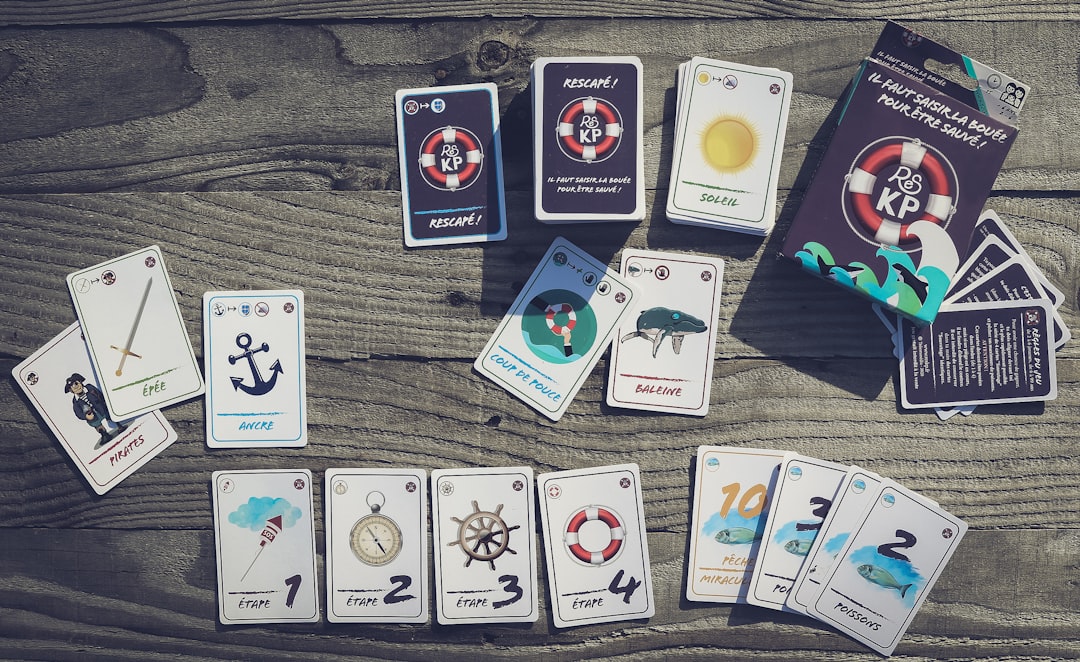
Decks That Thrive With a Sideboard
Not every deck is wishboard-friendly, but those that are can become even more streamlined. Here’s a look at some archetypes that often make use of wishboard tech:
Kess, Dissident Mage Storm
Thanks to her ability to recast instants and sorceries, Kess interacts positively with wish spikes. A common line includes Tutor → Burning Wish → Breach or Grapeshot, creating flexibility whether you’re facing control or race scenarios.
Godo, Bandit Warlord
Though often linear, some Godo pilots run a sideboard that includes anti-stax pieces like Shattering Spree or that one last extra turn spell to win when the timing is just right.
Karn Lock Decks (e.g., Urza, Paradox Engine)
With Karn, the Great Creator in the maindeck, these strategies typically run targets like:
- Liquimetal Coating
- Ensnaring Bridge
- Mycosynth Lattice
- Tormod’s Crypt
These are brutal and game-shaping under the right circumstances, and Karn accesses them repeatedly without burning resources.
Making Meta Calls: How to Choose Your Sideboard Cards
As with any tuning process, sideboard construction in CEDH is about understanding your local or online meta. Are players leaning heavy into Dockside loops? Consider a well-timed Grafdigger’s Cage or Cursed Totem.
Here’s a quick framework for choosing wishboard cards:
- Address common threats – Stax, reanimator, turbo combo? Pick accordingly.
- Extend combo lines – Add alternate wincons or necessary pieces.
- Provide sweepers or resets – When behind, wishboards can be parachutes.
- Respect niche cards – Tutor-proof your board by including answers not easily countered or telegraphed.
Downsides: When the Wish Fails
Wishboards are not without downsides. These effects often require cards to be castable—meaning the mana count and timing needs to be just right, which isn’t always assured in high-velocity formats like CEDH. Cards like Drannith Magistrate and Opposition Agent can shut them down entirely. Plus, the inclusion of wish cards can dilute optimal draws if they’re not supported well within your strategy.
The Future of Sideboards in CEDH
As CEDH evolves into more streamlined and expressive combo builds, wish and sideboard mechanics are likely to become more normalized. Developers and competitive deckbuilders alike are integrating this tech into modern builds, and the CEDH database is slowly adapting by showcasing these developments.
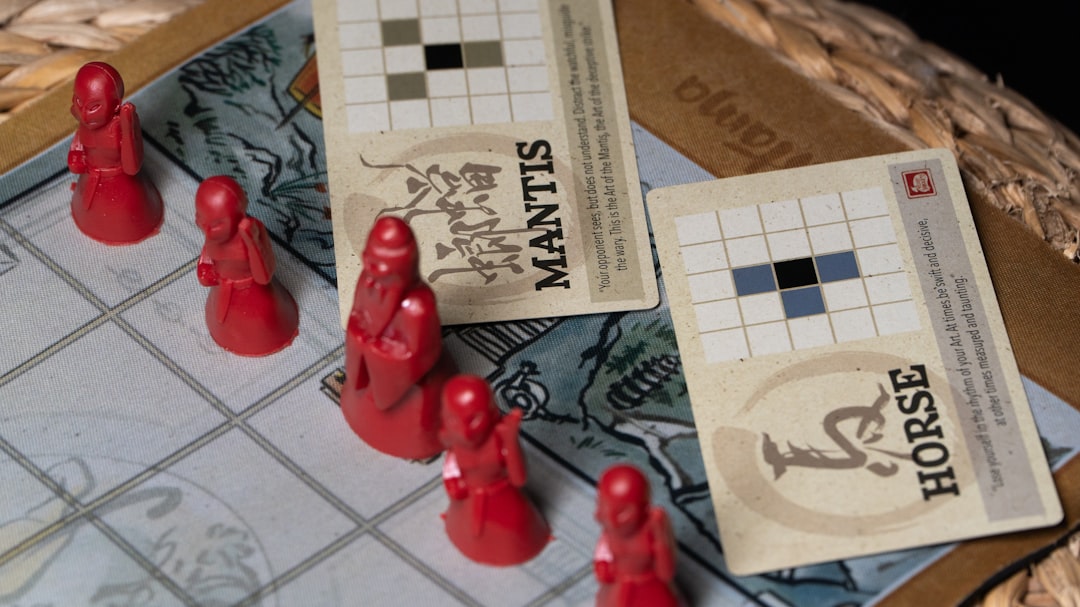
Whether you




